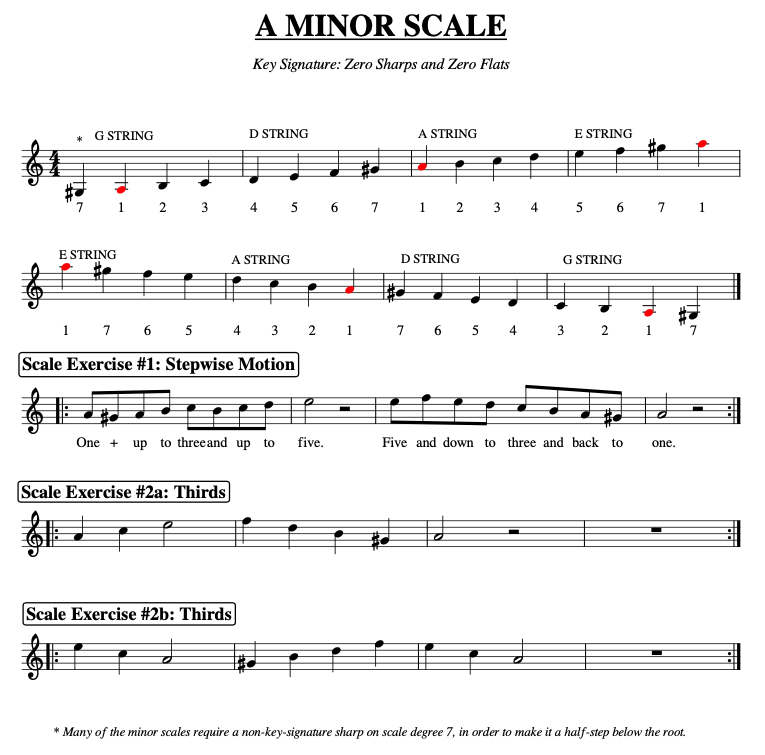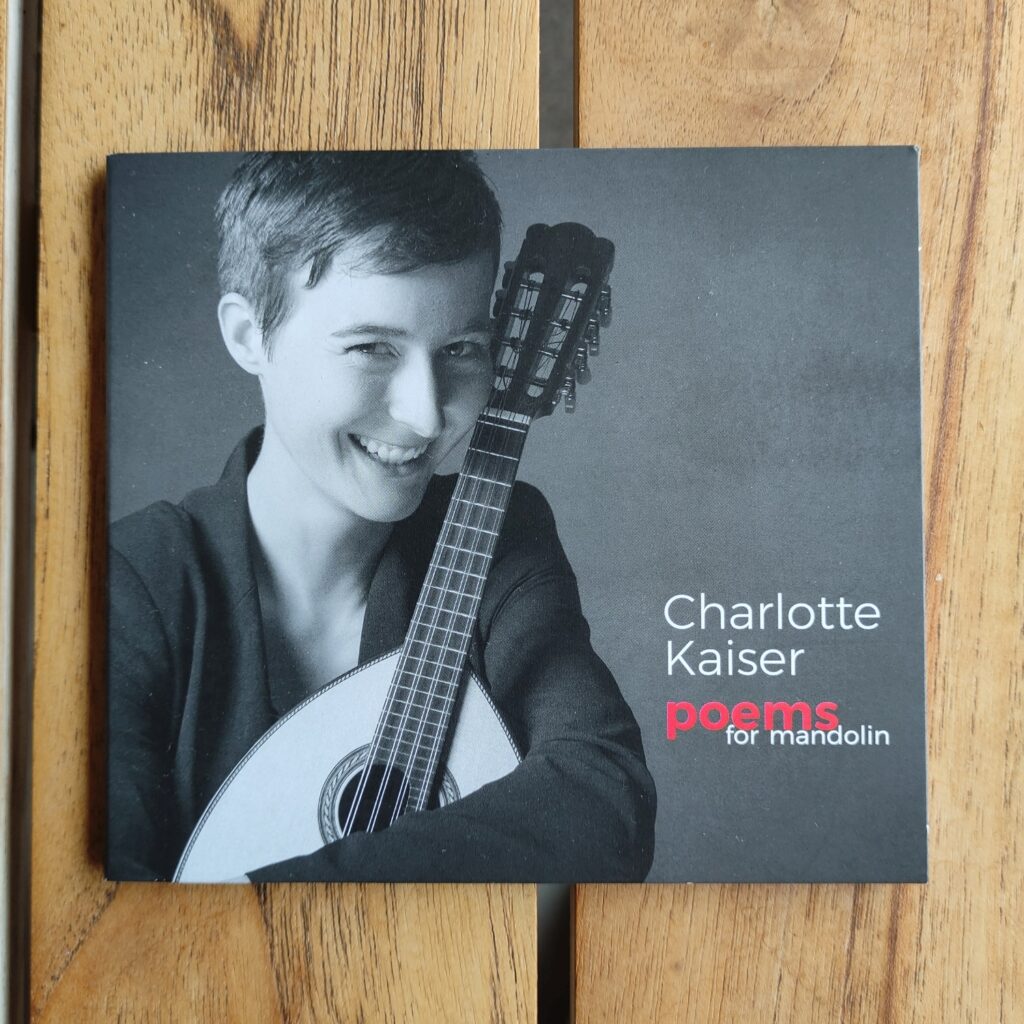In previous lessons, I’ve been guilty of the exaggeration that “intervals are everything in music theory.” An exaggeration, but it underscores the value of intervals. This lesson will be dedicated to a fuller introduction to musical intervals.
Intervals – “the relative distances between notes” – have much to do with the sound of tonic music. Intervals are not everything. There are the notes themselves, and other elements like timing and rhythm and groove. But intervals are critical to having harmony, and intervals are critical to having melody. Without pleasing intervals, we’d have nothing but a bunch of unrelated notes. Relationships matter.
In a word, the space between your notes is more important than the notes themselves.
Think about that last sentence – it could be the watershed between musicality and the act of simply parroting notes on an instrument. You don’t need to know theory about intervals to be musical. Hear the intervals, feel the intervals, use the intervals, and embrace the space whether you understand the spatial relationships or not. Be a space cadet.
Hearing Space
An important part of ear training in music is to learn to recognize the sound of the musical intervals. As an example, listen to the sound of the minor second from C:
It was the sound of the minor second interval that composer John Williams used to create the ominous theme for the movie Jaws …
Space
Spatial relationships, distances, define the character of scales, as well as of melodies, as well as of chords (harmony). There is musical space, a musical distance, between all the notes we use. Our full, 12-note chromatic scale contains notes that are equidistant from one another: Each note is a half-step (one semitone) apart from the next. Played straight through, as it is, makes for a pretty boring and non-musical scale.
Chromatic scales charted:



The Major Scale, and Naming Intervals
The major scale consists of seven notes (the octave makes eight), and this scale has an interesting character that is sometimes described as cheerful, precisely because of the space between the notes. There are two half steps in the scale: One between 3 & 4 and one between 7 & 8, and all other notes are a whole step apart. It is these varying spaces or distances between the notes that form a relationship that gives the scale its character. Those are the intervals between each individual note that make up the major scale. This was covered in a previous lesson. The degrees of the scale are numbered here:

Now each of the notes of the major scale resides its own distance away from the root note. The note “G”, for instance, is farther in space from the root note “C” than is the note “D”. These relative distances make for relationships. All of these distance-relationships have names. I’ve listed them for you in the chart below.

In the chart above, the eight degrees of the major scale are given in numbers on the first row. Interval names appear on the second row. In the third row, we see that the notes of the C major scale are used as our example. All of the interval names given above are based relative to their distance from the root note. If that sounds complicated, well its not. From root C to D is a major second interval. From root C to A is a major sixth interval, and so on, see chart above. From a root C to itself is an interval called “perfect unison”. Note how the intervals are named, compared to the degrees of the scale above.
More Intervals
Now let’s keep the C major scale in mind as our example, but we’ll look at all twelve notes of the chromatic scale to discover the other interval names:

The first row of the chart gives the numbers for the degrees of the major scale, key of C. The second row shows all the notes of the chromatic scale, and the third row shows all the interval names. Study it as you read the next paragraph.
No matter what key you’re in, there exists a minor second between a note and its major second. The minor second is a half step lower than a major second. Likewise, a minor third is a half step lower than a major third. A minor sixth is a half step lower than a major sixth. A minor seventh is a half step lower than a major seventh. A third can be either major or minor, likewise a sixth, a seventh or a second interval can be either major or minor. The perfect fourth and the perfect fifth intervals are neither major nor minor, they are perfect. Between the fourth and fifth lies a single note, the tritone. This note lies exactly in the center between two octaves, and is a discordant tone. It got a lot of bad press from the Church in past centuries, and was called the Devil’s Tone (“diabolus in musica”; Latin, “the devil in music”).
Do I Really Need to Learn This?

Music theory is for the delight and entertainment of the musicologist, and of no necessary consequence to the musician. You can play music and, perhaps, play very well without knowing names and technical terms for what you’re doing.
Humor me: Because, knowing the whys and wherefores may help you in your endeavor to be more musical in the end. Understanding about the intervals can help us to talk about and know what we’re doing when we build chords, or play or sing harmony.
Not all chords are major triads. Not all scales are major scales. The natural minor scale has no major third in it, but rather a minor third; likewise a minor sixth. We’ll be using these terms and more in the lessons ahead. So if you have trouble comprehending the sections above, go back and study them again from time to time. Play the notes from the examples on your instrument while thinking about what you read.
Oh, and buckle your seat belt, because we have some more space to travel here.
The Intervals Have Concrete Measurements
Any note can be followed by playing an interval note above it (or below it, but let’s move in one direction here in order to learn). For example, if you play a “C” note and follow it with a “G” note, then you are playing a perfect fifth interval (again, refer to the chart). But also, if you play a “D” note, then follow it with an “A”, you are playing a perfect fifth interval, because the musical distance between a “C” and a “G” is the same as the musical distance between a “D” and an “A”. That is a distance, or interval, of seven semi-tones which is the interval of a perfect fifth.
We have seen that the interval names correspond with the degrees of the major scale, but what is important are the actual distances between notes. Intervals are not tied to the musical key, but rather to any starting note. The starting note (root) of an interval doesn’t have to be the root of whatever key you are playing. It could be any note, and what matters is the distance between musical notes here.
I’m repeating the last chart, adding it again below, for ease of study. It has all twelve notes of the chromatic scale, plus the octave. So, each interval name below, just like each note, progresses in half step intervals. Armed with this revelation, it is easy to find the concrete measure of each interval by counting the half steps between the root note and its interval.

A major second (2nd) is measured as two half steps (two semitones).
A major third (3rd) is measured as four half steps (four semitones).
A fourth (4th) is measured as five half steps (five semitones).
A fifth (5th) is measured as seven half steps (seven semitones).
A major sixth is measured as nine half steps (nine semitones).
A major seventh is measured as eleven half steps (eleven semitones).
An octave is measured as twelve half steps (twelve semitones).
On a stringed instrument, such as a guitar or mandolin, each fret = one half step (or semitone). So, play a note on any string, and four frets up will be the major third, etc.
The mandolin fretboard chart illustrates the measured distance of some intervals, from the open D note to a major 3rd, and to a 5th, and to the octave. A major third interval is 4 half steps (or semitones), so from the open note it is found at the fourth fret. The interval of a fifth is found from the open note to the seventh fret, and the octave is found at the twelfth fret. Each of the intervals in this example are measured from the open note “D”.

Major 3rd = 4 semitones
5th = 7 semitones
Octave = 12 semitones
The guitar fretboard chart below shows a couple more intervals. All are measured from the open E note.

As noted earlier, the following intervals can be either major or minor: 2nd, 3rd, 6th or 7th. The unison, 4th, 5th and octave are all perfect intervals, neither major nor minor. In the guitar fretboard chart above, both the minor and major thirds are shown. A minor third = 3 semitones, and a major third = 4 semitones.
Intervals Across the Fretboard
The chart below shows a D major arpeggio on the mandolin fretboard. It shows the same intervals as the mandolin fretboard we saw above, but in different locations, beginning with the D note on the G string.

Note that the 5th interval is located on the next higher string adjacent to the root, because a mandolin is tuned in fifths.
Sounds of the Intervals
Note: If you’re on a mobile phone, turn it sideways to better view the chart.
Use this table to hear the sounds of the intervals from C (C4):
| Perfect Unison | 0 semitones C4 – C4 |
||
| Minor Second | 1 semitone C – Db |
Theme from the movie Jaws | |
| Major Second | 2 semitones C – D |
Strangers In The Night | |
| Minor Third | 3 semitones C – Eb |
Rollin’ Rollin’ Rollin’ (“Rawhide”) | |
| Major Third | 4 semitones C – E |
For He’s a Jolly Good Fellow | |
| Perfect Fourth | 5 semitones C – F |
Here Comes The Bride | |
| Tritone | 6 semitones C – Gb |
The Simpsons Theme | |
| Perfect Fifth | 7 semitones C – G |
Twinkle Twinkle Little Star | |
| Minor Sixth | 8 semitones C – Ab |
Trampled Rose (Allison Krauss) | |
| Major Sixth | 9 semitones C – A |
My Bonnie Lies Over the Ocean | |
| Minor Seventh | 10 semitones C – Bb |
Somewhere (West Side Story) | |
| Major Seventh | 11 semitones C – B |
||
| Perfect Octave | 12 semitones C4 – C5 |
Somewhere Over The Rainbow |
SUMMARY
- Intervals are critical to creating harmony and melody.
- Space between the notes is more important than the notes themselves.
- Spacial relationships between notes define the character of scales, melodies and chords.
- There are thirteen intervals ranging from Perfect Unison to Perfect octave.
- The perfect and major intervals are named for the degrees of the major scale.
- Perfect intervals are called “perfect” because they are neither major nor minor.
- Four intervals are perfect intervals: The unison, 4th, 5th and octave.
- Four intervals can be either major or minor: 2nd, 3rd, 6th and 7th intervals.
- The minor intervals are each a half step lower than their major intervals.
- Every interval has a concrete measurement in half steps, ranging from 0 – 12.
- The tritone is the interval that lies halfway between the root and the octave, measuring six semitones from root and six semitones from the octave.
HOMEWORK
1. Work through the entire lesson with your instrument at hand, and find notes on your instrument that illustrate each concept one by one.
2. Look up the songs from the “Sounds of the Intervals” table above, and compare the interval sounds here with those sounds wherever they occur in the melodies of the songs.
If you find it difficult to understand any of the concepts in this lesson, take time to re-read the lesson with your instrument of choice at hand, and play the notes discussed in this lesson. Listen to the sounds, and think about how they relate to what is being taught here. You can make suggestions or ask questions by shooting me an email, I’ll do my best to answer.




























